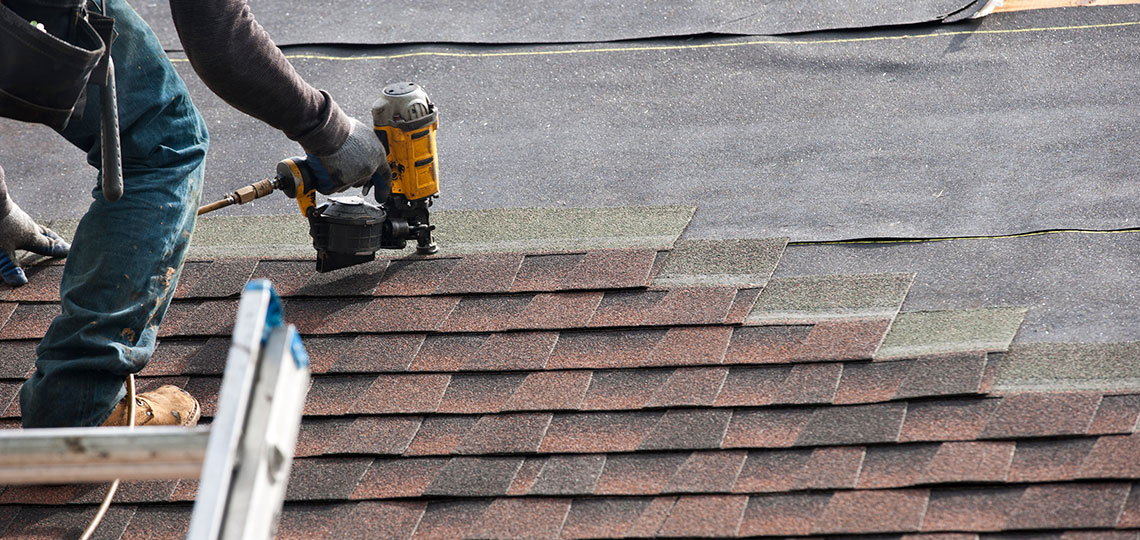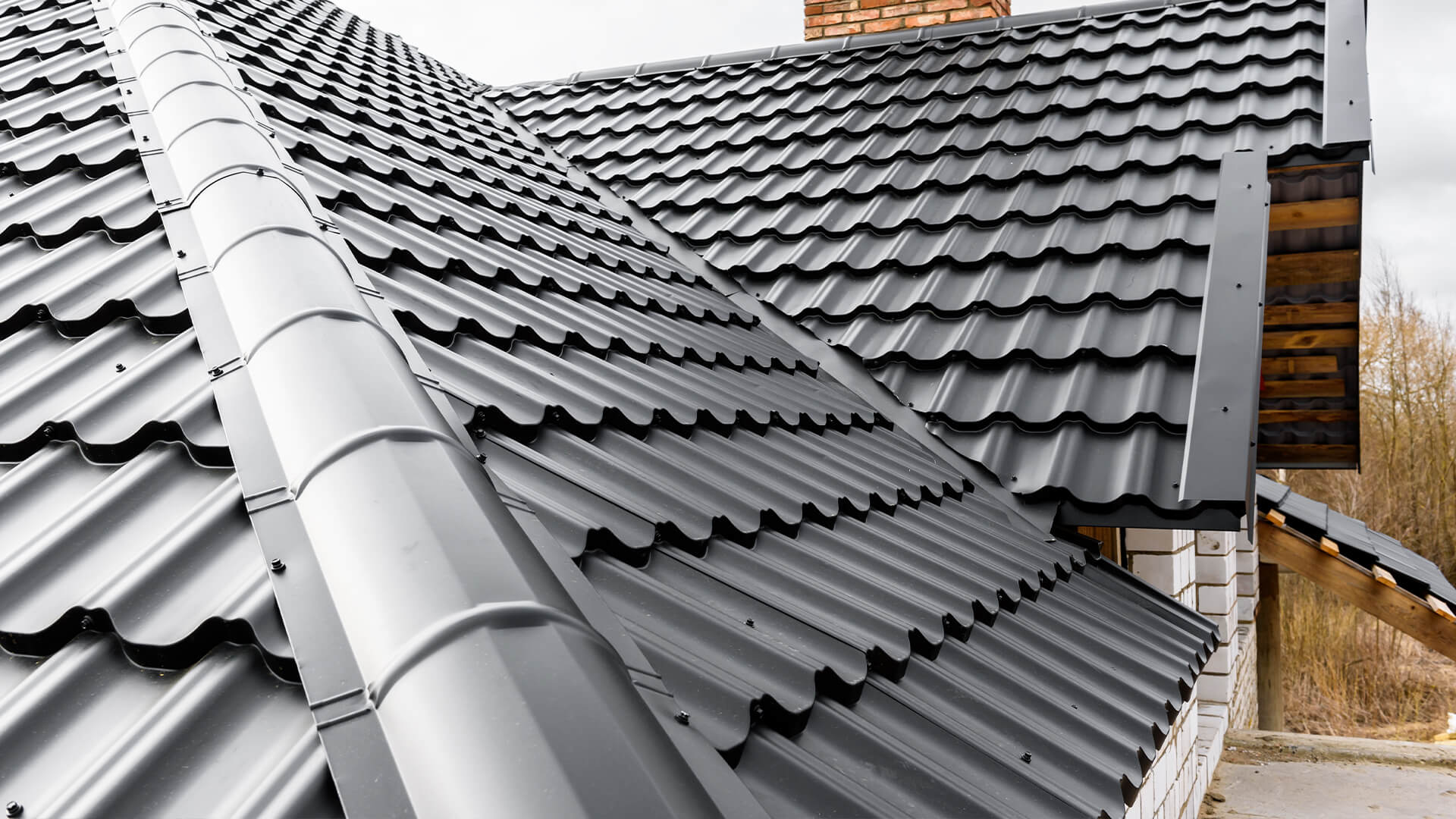Local Insights on Roofing Companies Gainesville Florida Homeowners Prefer
Ideal Practices for Ensuring Appropriate Roof Air Flow
A well balanced consumption and exhaust vent ratio, frequently 1:300, plays an essential duty, with intake vents preferably put at the reduced side of the roof for trendy air entry and exhaust vents at the top for cozy air exit. Keeping insulation away from vents is vital to prevent airflow limitation.
Understand Air Flow Fundamentals
Properly understanding ventilation essentials is vital for guaranteeing the long life and performance of roof covering systems. Reliable air flow minimizes wetness buildup and temperature level extremes in the attic, both of which can cause considerable architectural damage gradually. A well-ventilated roofing system helps in stopping common concerns such as mold development, timber rot, and ice dams, which can endanger the honesty of the roof products and the underlying frameworks.
The primary objective of air flow is to promote the activity of air, enabling a consistent exchange between the interior and exterior environments. This balance is attained through a mix of consumption and exhaust vents that collaborate to maintain ideal airflow. Consumption vents, usually situated along the eaves or soffits, allow fresh air to enter the attic space, while exhaust vents, typically situated at or near the roofing ridge, allow hot, moist air to escape.
Trick factors affecting the performance of roofing ventilation include proper positioning, ample sizing, and guaranteeing that both intake and exhaust vents are unobstructed. Routine evaluation and upkeep are important to recognize prospective blockages, damages, or ineffectiveness in the air flow system, thus securing the roofing's efficiency and toughness.
Kinds Of Roofing System Vents
Roofing vents play a vital function in preserving effective attic room ventilation and, by extension, the general health and wellness of the roofing system. Various sorts of roofing system vents are offered, each with one-of-a-kind advantages tailored to particular roof demands. Ridge vents, for instance, are installed along the roof's height, permitting cozy, humid air to leave from the attic. They supply continuous air flow and blend effortlessly with the roofline, making them both efficient and aesthetically pleasing.

Soffit vents are installed under the eaves and operate in tandem with roofing vents to make sure a well balanced consumption and exhaust system. By allowing cooler air to go into from below, soffit vents promote the expulsion of hot air with upper vents. Gable vents, situated on the exterior wall surfaces of the attic room, offer one more reliable option, particularly in homes with saddleback roofs.
Assess Your Existing Ventilation

Next, consider the age and condition of your roof covering materials and air flow components. Older systems may not abide by existing building regulations or may have deteriorated in time, decreasing their performance. Conduct a detailed exam to recognize any kind of indicators of damage, such as rust, damages, or voids that could endanger the system's performance.
In addition, gauge the attic room temperature level and humidity levels. High temperature levels and moisture can show inadequate ventilation - roofing companies in gainesville florida. Utilize a hygrometer and thermostat to obtain accurate analyses, comparing them with outdoor problems. Consistent discrepancies suggest possible issues that require attending to.
Installment Best Practices
Reliable installation of roof ventilation systems is extremely important for ensuring optimal performance and long life. have a peek here Correct installation begins with comprehending the certain air flow needs of the roofing system and the building it covers. This entails computing the correct ratio of consumption to wear down vents, usually adhering to the 1:300 regulation, which specifies one square foot of ventilation for every 300 square feet of attic floor space.

Consumption vents should be mounted at the roof's reduced edge, frequently in the soffits, to permit great air click for info to get in. Exhaust vents, on the other hand, should be set up near or at the roof covering's height to facilitate the exit of warm, damp air.
Seal all air vent links thoroughly to stop air leaks and prospective water seepage. Use high-grade products and follow producer guidelines to guarantee toughness and performance. Additionally, incorporating ridge vents with baffles can considerably improve air flow effectiveness by protecting against wind-driven rainfall and snow from getting in the attic room.
Inevitably, precise installation of roofing ventilation systems mitigates possible concerns such as mold and mildew growth, ice dams, and structural damages, making certain the roof covering's integrity and the structure's general health and wellness.
Routine Maintenance Tips
Uniformity in maintenance practices is fundamental to ensuring the long-lasting efficiency of roof air flow systems. Regular assessments are important, ideally executed biannually-- in the springtime and autumn. During these assessments, make sure that vents are devoid of particles, nests, and various other obstructions that could hinder airflow. Check for any type of signs of wetness build-up or mold and mildew, as these can show improper air flow or leakages (roofing companies in gainesville florida).
Utilize a soft brush or a vacuum cleaner to eliminate dirt and particles from intake Learn More and exhaust vents. Be mindful not to damage the air vent displays or louvers during the process.
Correct insulation is similarly important. Ensure that attic insulation does not obstruct the vents, as this can significantly restrict airflow. If any kind of insulation has changed or settled, reposition or replace it to maintain an efficient obstacle.
Lastly, change any kind of harmed or missing parts quickly. Broken vents, fractured shingles, or worn-out blinking can all contribute to insufficient ventilation and needs to be addressed right away. Normal maintenance guarantees that the roof ventilation system works optimally, thus extending the life-span of the roof covering itself.
Final Thought
Making sure appropriate roof covering ventilation is vital for preserving the efficiency and resilience of a roofing system. Adherence to the 1:300 intake and exhaust vent ratio, paired with the critical placement of vents, is vital.
A well balanced consumption and exhaust air vent ratio, commonly 1:300, plays a pivotal function, with intake vents preferably placed at the lower edge of the roofing system for awesome air access and exhaust vents at the optimal for warm air leave. Intake vents, normally situated along the soffits or eaves, allow fresh air to get in the attic area, while exhaust vents, often positioned at or near the roof covering ridge, enable hot, damp air to escape.
Soffit vents are set up under the eaves and job in tandem with roofing vents to ensure a balanced consumption and exhaust system. By allowing cooler air to get in from below, soffit vents facilitate the expulsion of hot air with upper vents. Adherence to the 1:300 intake and exhaust air vent proportion, paired with the strategic positioning of vents, is necessary.